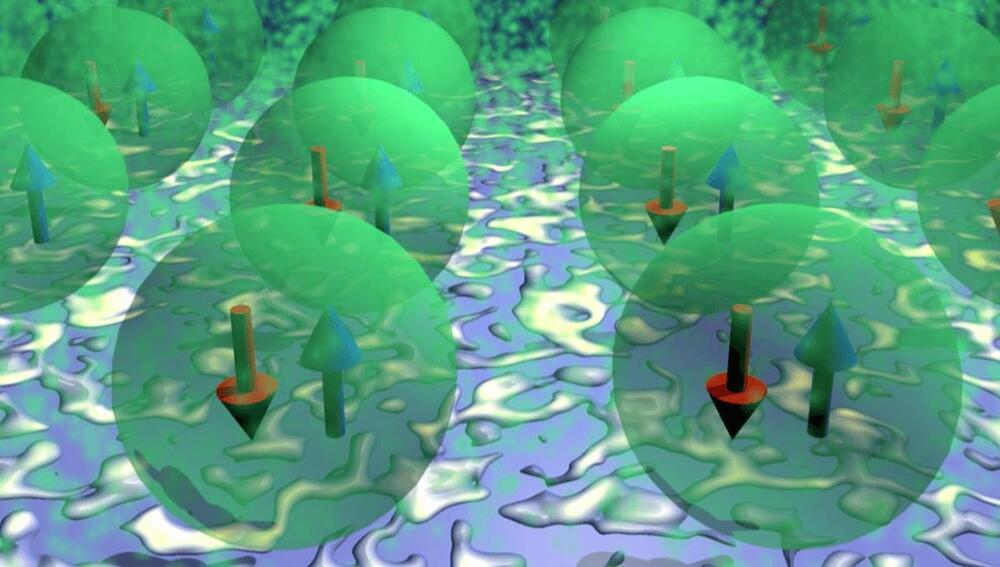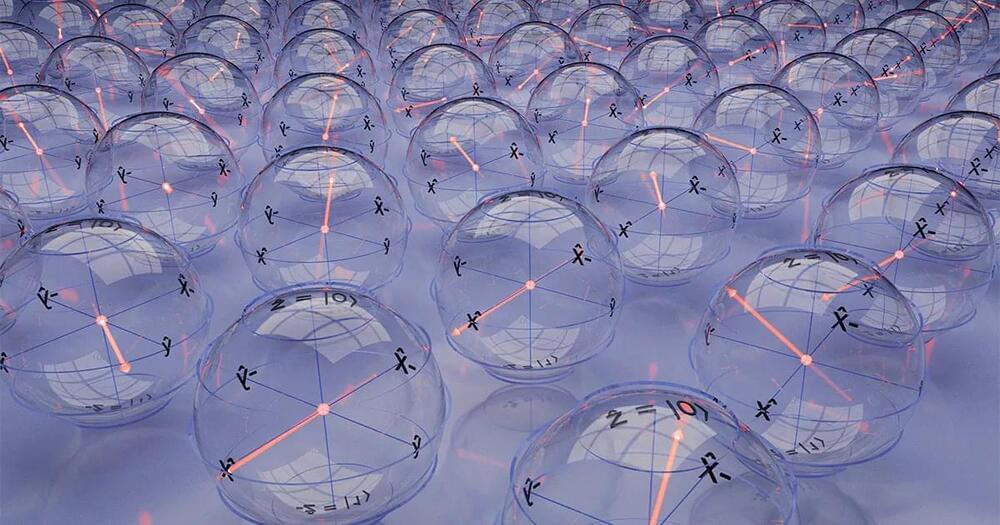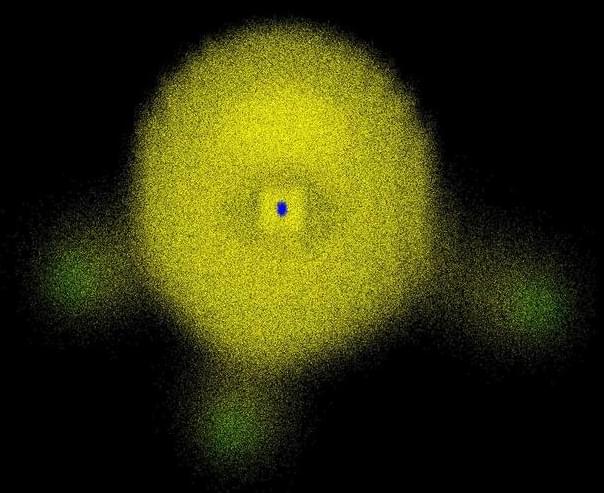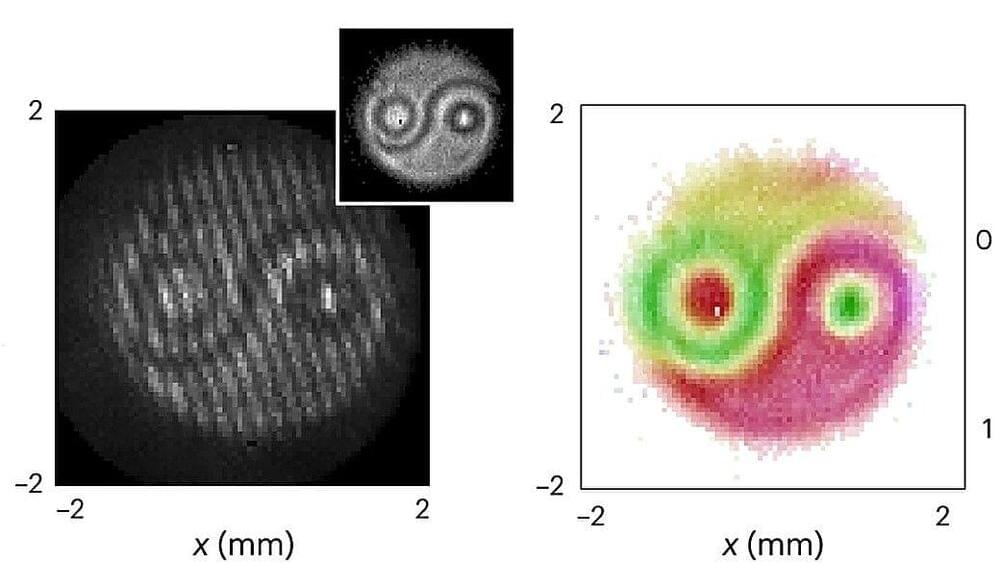Scientists at the University of Sydney have, for the first time, used a quantum computer to engineer and directly observe a process critical in chemical reactions by slowing it down by a factor of 100 billion times.
Joint lead researcher and Ph.D. student, Vanessa Olaya Agudelo, said, It is by understanding these basic processes inside and between molecules that we can open up a new world of possibilities in materials science, drug design, or solar energy harvesting.
It could also help improve other processes that rely on molecules interacting with light, such as how smog is created or how the ozone layer is damaged.







